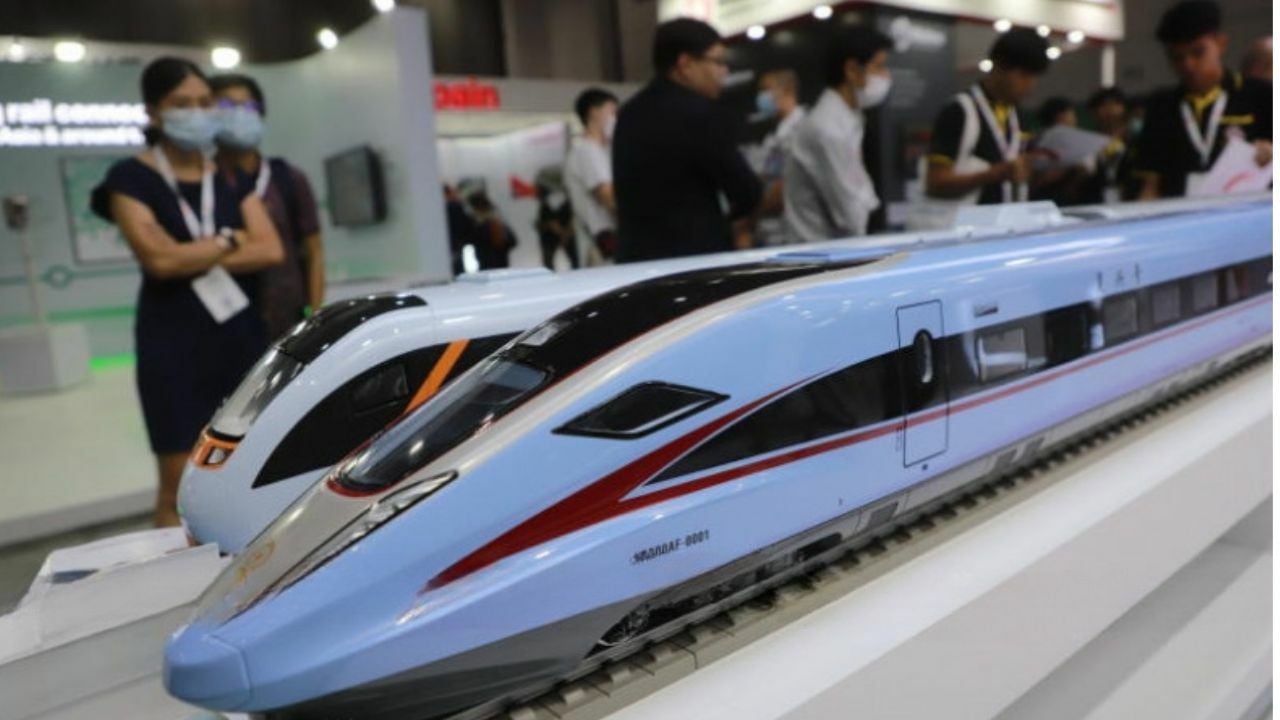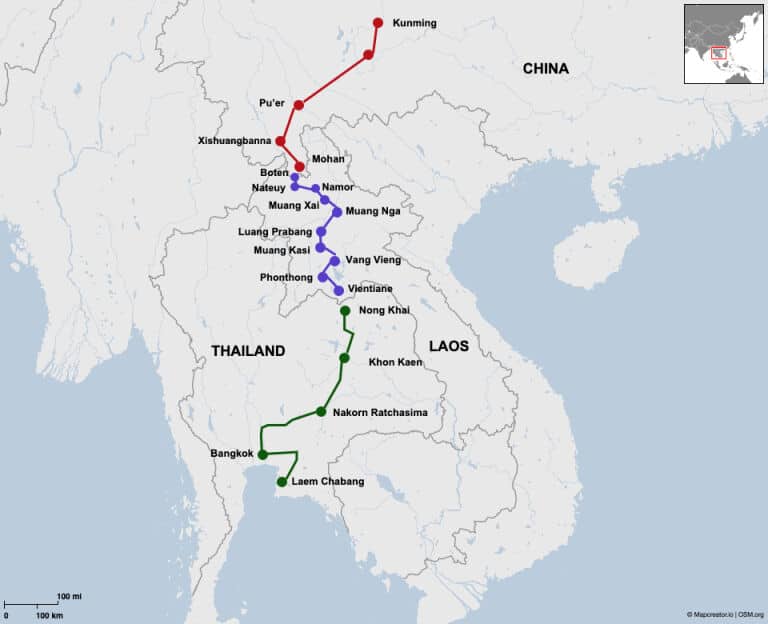

China is hitting top speed with its global bullet train rail ambitions and Thailand is firmly on track to play a key part.
Vice Premier Zhang Guoqing vowed this week to ramp up international high-speed rail links as part of Beijing’s sprawling Belt and Road Initiative (BRI), promising “hard connectivity” through mega-projects and “soft connectivity” via shared standards and rules.
Speaking at the opening of the 12th World Congress on High-Speed Rail in Beijing, Zhang revealed China’s ambitions.
“China is committed to implementing both major projects and smaller, people-centred initiatives that deliver tangible benefits.
“In carrying out high-speed rail projects abroad, we will enhance support for infrastructure and skills training to better benefit people in all countries.”
The sweeping plan includes key routes such as the long-delayed China-Thailand line, the Hungary-Serbia rail in Europe, and the newly launched China-Kyrgyzstan-Uzbekistan corridor, each seen as a flagship of China’s global rail expansion.
Zhang pledged continued investment in overseas ventures and said China would “strengthen alignment” of development plans with partner nations, offering everything from track design to operational know-how.
Thailand’s high-speed line connecting Bangkok to Nong Khai, a key plank of the wider Pan-Asia railway linking China to Southeast Asia, was approved earlier this year but won’t be up and running until 2030. That’s nearly a decade behind schedule following years of financial haggling, construction setbacks, and Covid-era disruption.
The Hungary-Serbia line, hailed as China’s first bullet-train project in Europe, aims to connect Belgrade with Budapest, Bangkok Post reported. While parts of the Serbian section are already running, the full route is slated for completion in 2026. But not everyone’s onboard: the EU has raised concerns about transparency and Beijing’s growing foothold in Eastern Europe.
After years on the drawing board, construction finally began this year on the China-Kyrgyzstan-Uzbekistan railway, which promises to slash journey times and transform trade between East and West.
“The China-Kyrgyzstan-Uzbekistan railway is such a solution,” said Kyrgyz Deputy PM Bakyt Torobayev. “It will reshape the trade landscape.”

At 304 kilometre, the route will become the shortest land link between China and European markets, a potential game-changer for cargo moving west.
According to state rail giant China Railway, the country’s high-speed network had hit a staggering 48,000km by the end of 2024, more than 70% of the world’s total. China has now partnered with over 40 countries in planning, building and running high-speed lines, including standout routes in Laos and Indonesia.
Critics argue these projects give Beijing outsized leverage in regions where economic dependence is growing, but China insists it’s offering opportunity, not domination.
Either way, the high-speed race is far from over and Thailand, for better or worse, is strapped in for the ride.
The story Rail deal steams ahead: China’s bullet trains go full Belt and Road (video) as seen on Thaiger News.
